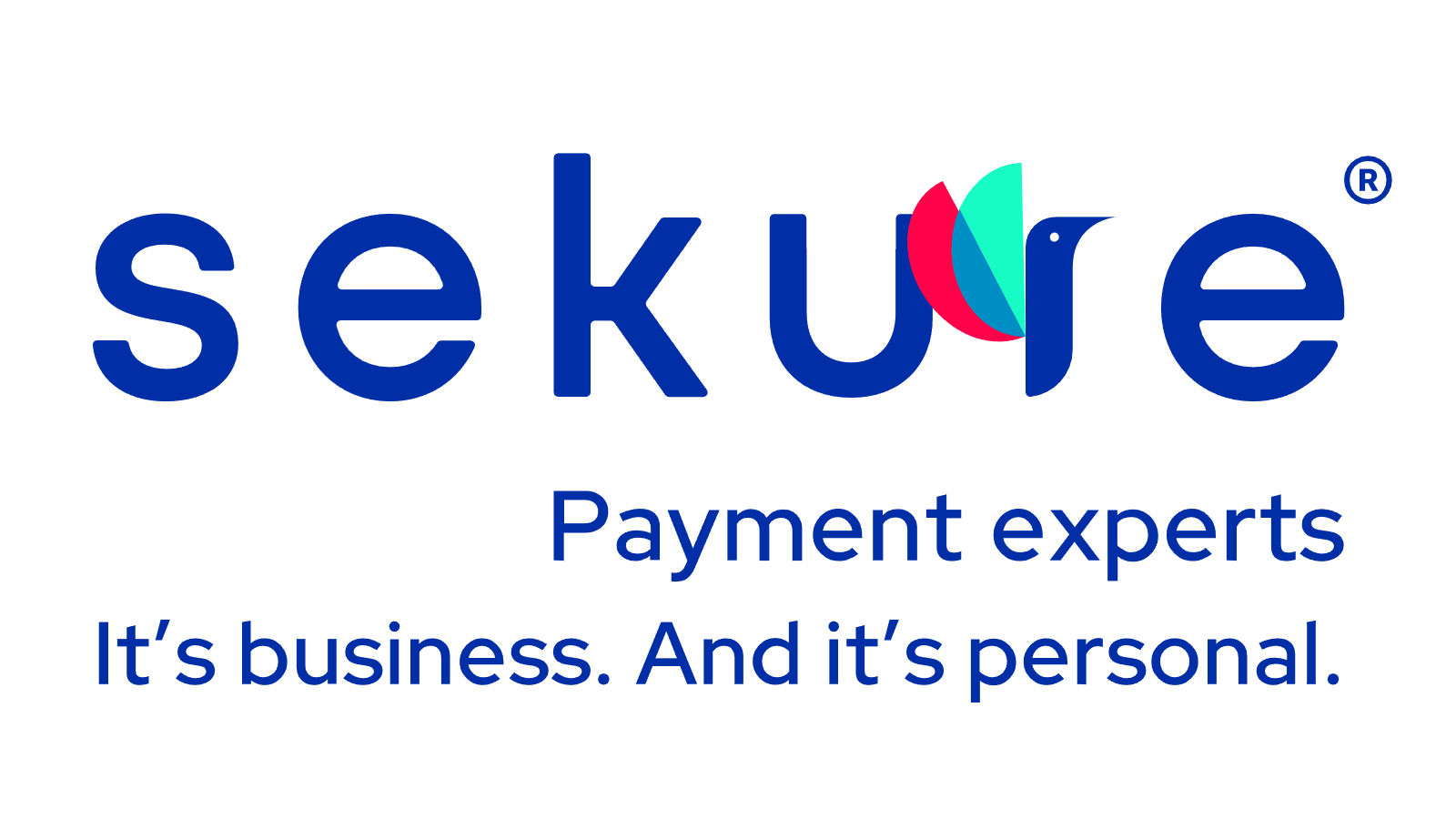If you're a small business owner, you’re aware that every decision — from pricing products to managing payroll — directly impacts your bottom line. Yet, one area that often goes overlooked is payment processing. The right system shouldn’t just make transactions smoother — it should also help reduce costs, improve cash flow and optimize your business’s efficiency. Yet, many local business owners are still paying more than they need to in processing fees, often stuck with outdated systems that aren’t tailored to their needs.
With the average fee for credit card processing at 2.24%, small businesses are losing a significant portion of each transaction to payment networks. If you're a small business owner, setting up the right payment solution can help minimize costs and set you up for success from day one.
Why do local small businesses need effective payment solutions?
For local businesses, every dollar counts — especially when you’re competing against larger businesses and online giants. Card processing fees can quietly erode your margins, and if you haven’t actively optimized your payment setup, you may be paying more than necessary — not just in transaction costs, but in time and missed opportunities.
A total of 68% of small businesses have already reduced their use of cash and paper checks and are shifting to digital solutions.
Additionally, inefficiency affects customer experience and business growth. Long checkout times, cumbersome invoicing and limited payment options can frustrate customers and lead to lost sales. A well-optimized payment solution speeds up transactions, builds trust, improves cash flow and gives businesses the flexibility to scale.
Beyond cost savings, modern POS systems also help you track inventory in real-time, generate insights on customer behavior and integrate with marketing and loyalty programs. When payments are streamlined, small business owners can focus on building relationships and growing sustainably instead of chasing down late payments or manually reconciling books.
Every small business has unique payment needs
Since no two companies operate the same way, why should their payment systems be the same? A hardware store or eCommerce company will require a different setup than a wellness studio.
With that being said, accepting payments is only one aspect of payment processing; other goals include streamlining the entire transaction process, lowering customer friction and ensuring backend efficiency.
- For instance, retail businesses need a high-speed checkout process with the flexibility to handle returns and exchanges seamlessly. Many also integrate inventory management systems into their POS to track sales in real time and automate restocking, preventing lost revenue from stockouts.
- In restaurants and hospitality, the priority is quick and secure table-side transactions. Whether it’s a small café or a high-end restaurant, customers expect a smooth checkout experience, especially when splitting bills or adding tips. Many establishments also require integrations with reservation systems, kitchen display screens or loyalty programs, all of which can be streamlined through modern payment technology.
- For healthcare providers and professional services, security and compliance are paramount. Whether processing one-time payments or managing recurring billing for ongoing services, these businesses must comply with industry regulations such as HIPAA for medical transactions. Many also require automated invoicing systems to reduce administrative burdens and improve cash flow management.
- Meanwhile, beauty and wellness businesses, like salons and spas, need solutions that accommodate appointment-based transactions. Many also rely on loyalty programs and prepaid package deals, which require POS systems that can track customer purchases, apply discounts and manage future bookings with deposits.
- Nonprofits and charities have entirely different requirements. With tight budgets and donor transparency obligations, they often seek lower processing fees and donation-specific tools that enable easy one-time and recurring contributions. Some organizations also require multi-channel donation acceptance, from in-person fundraising events to online and mobile donations.
- Even within retail, the needs of a fashion boutique differ from those of a grocery store. While a boutique may focus on integrating online and in-store purchases, allowing customers to buy online and pick up in-store, a grocery store may need self-checkout kiosks or even integration with food assistance programs that need specific compliance measures.
- For businesses that operate across multiple locations or sales channels, omnichannel payment solutions are essential. A business that sells products both online and in-store should have a unified payment system that syncs customer data, processes transactions seamlessly and ensures a smooth experience across all touchpoints.
Ultimately, the right payment solution is about tailoring the experience to fit the unique workflow, customer expectations and your business’s operational needs. If you're wondering which approach best suits your industry, exploring how optimized payment solutions break down by industry can help you make an informed decision.
What does an optimal small business payment processing experience look like?
An efficient payment system should do three things: keep costs low, enhance customer experience and simplify operations. And to achieve this balance, you must select a system tailored to your business model, transaction volume and customer expectations.
Here’s what an optimized payment process looks like:
- A smart POS system that integrates seamlessly with your business model, whether you operate in-store, online or both.
- The lowest possible processing fees — no hidden charges, no unnecessary add-ons and transparent pricing.
- Flexible payment methods that cater to customer preferences, from contactless payments to digital wallets, ensuring convenience and reducing abandoned transactions.
- Automated billing and invoicing, reducing manual work, minimizing human error and ensuring steady cash flow.
For many locally owned businesses, switching to a more strategic payment processing approach has significantly cut costs. With eCommerce businesses losing an estimated $48 billion annually due to payment fraud, ensuring a secure and optimized system is more critical than ever. Additionally, the majority of small businesses report payment processing fees as a top financial burden, which makes it even more urgent to find a cost-effective provider.
If you're curious about what your costs might look like with a more optimized payment processing setup, using a savings calculator can give you a clearer picture.
Adopt optimal payment solutions for your small business
Ultimately, your payment processing system should serve your needs rather than hinder them. At Sekure Payment Experts, we’ve built our reputation on helping local business owners reduce payment processing costs and access the right tools for their needs. More than 35,000 small business owners trust our team to deliver competitive rates, streamlined POS solutions and expert guidance tailored to their industry.
With payment efficiency playing a crucial role in economic growth and local economic development, small businesses need solutions that provide flexibility without added complexity. By choosing the right provider, you can ensure your business, your customers and your local vendors all reap the benefits of the approach you take.
When you’re ready to explore new options, contact us to unlock better payment advantages for your business — because every dollar saved is a dollar that stays in your business.
Categories

